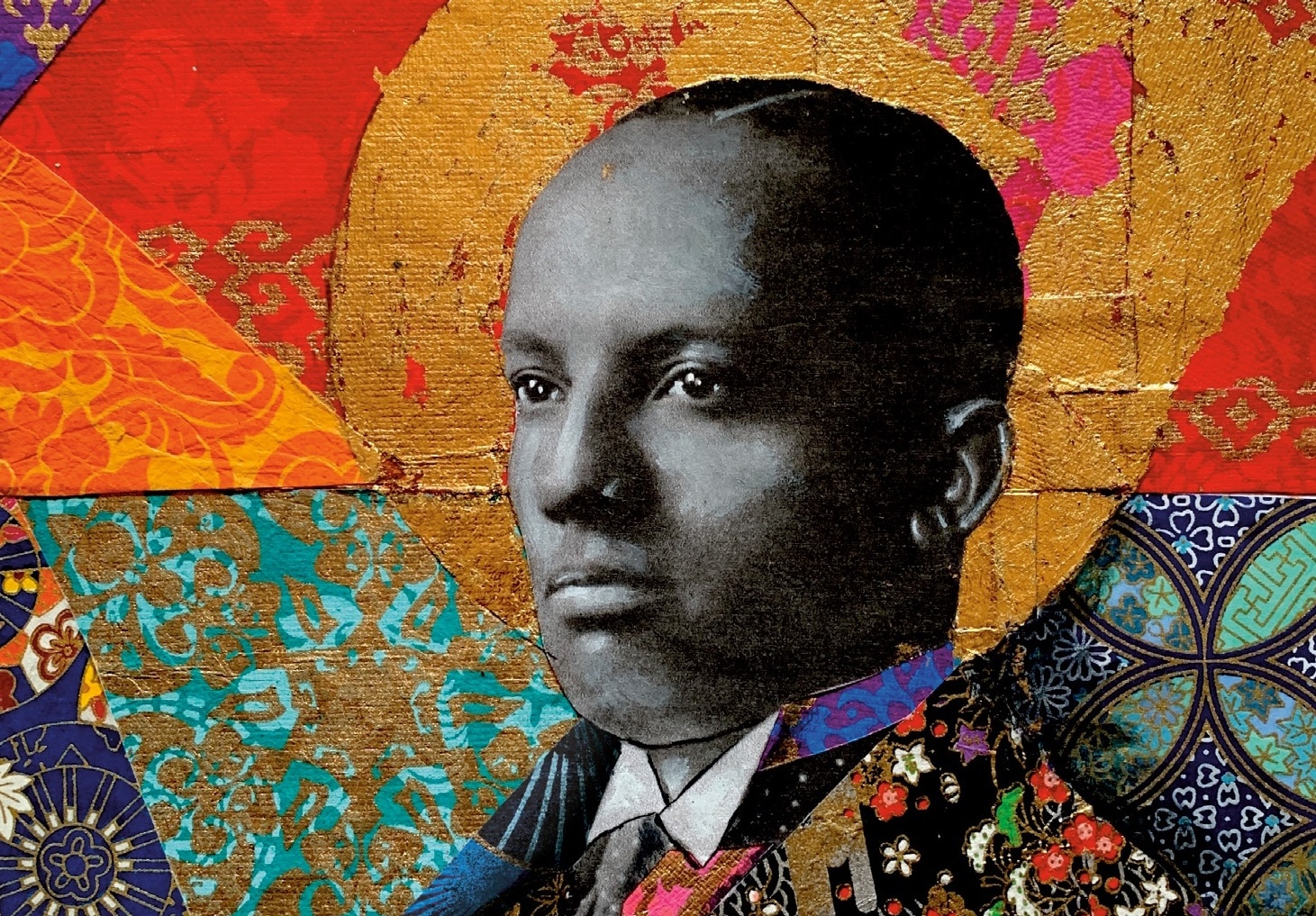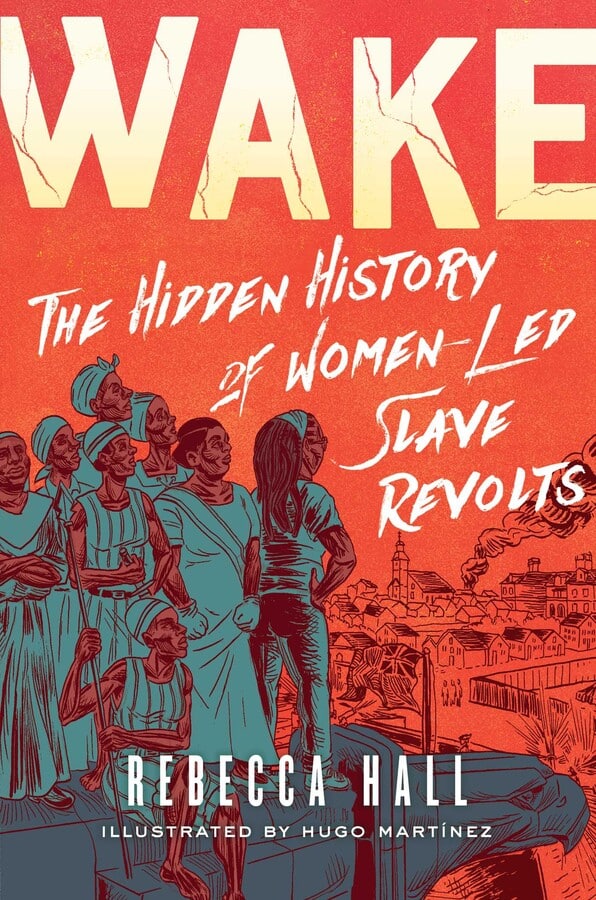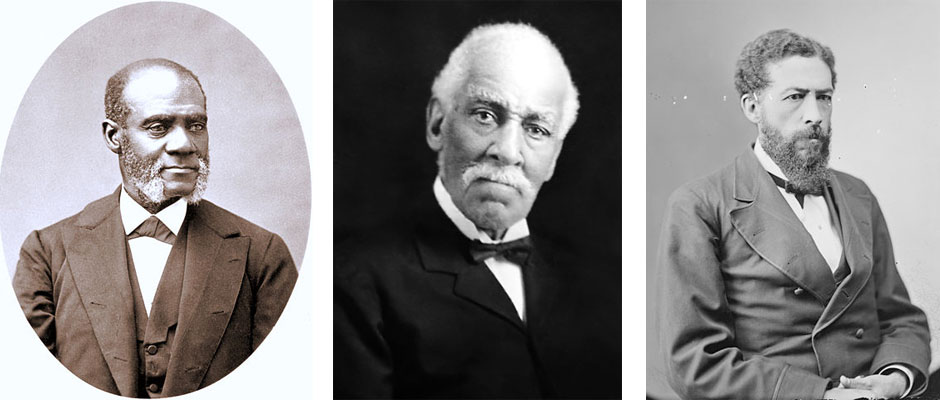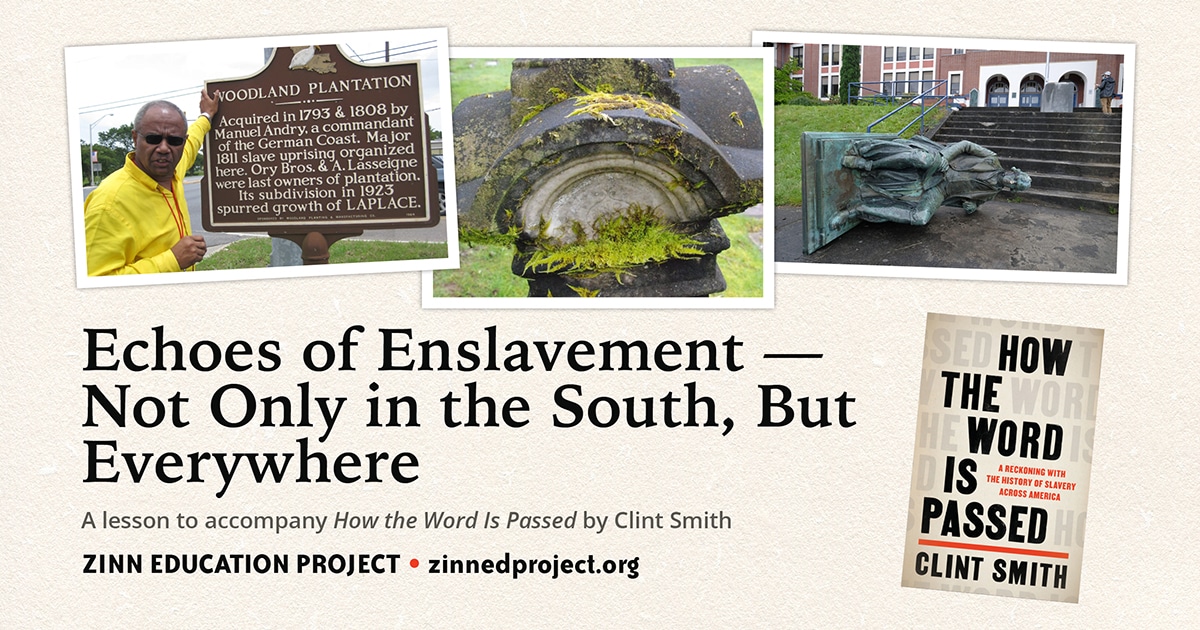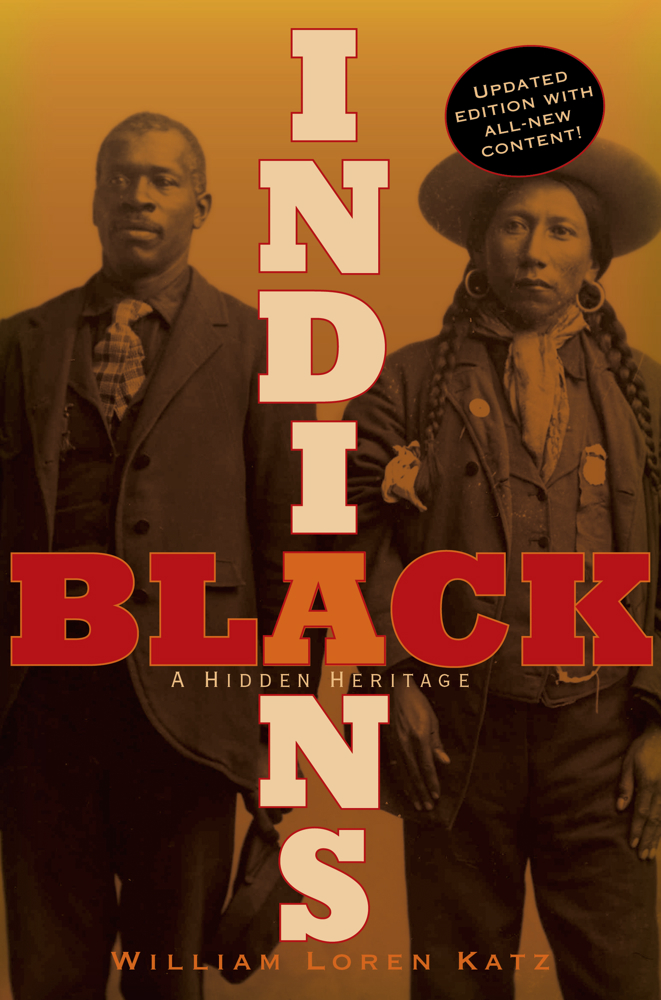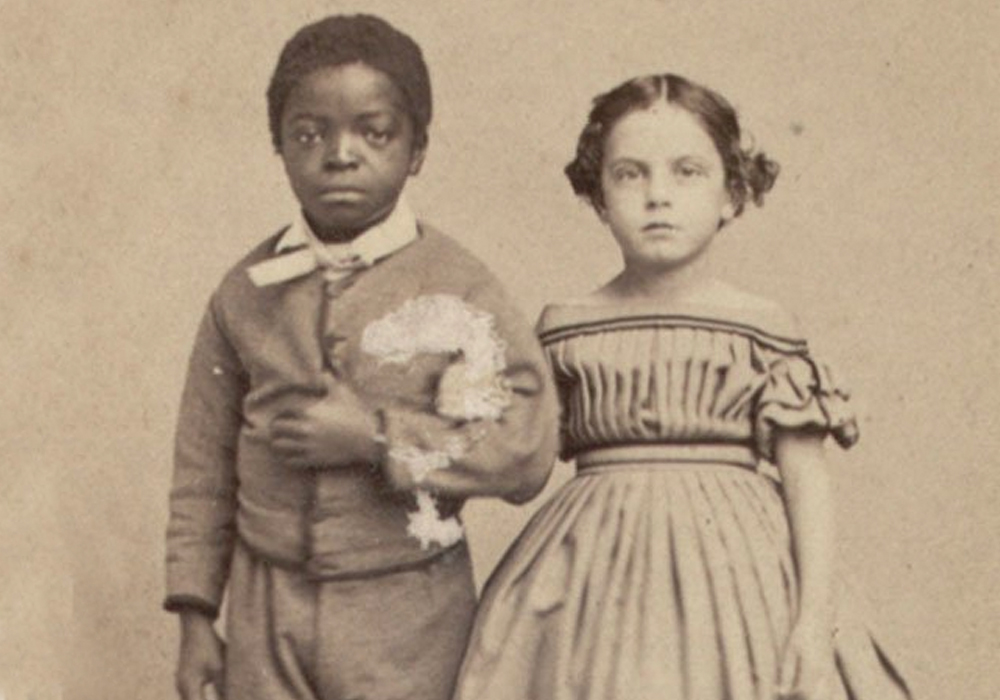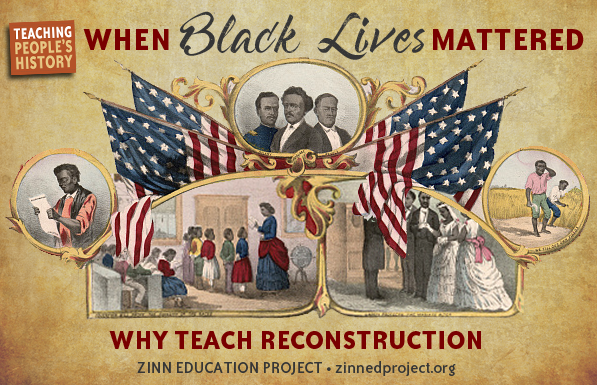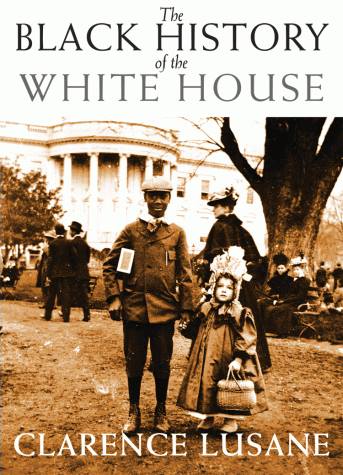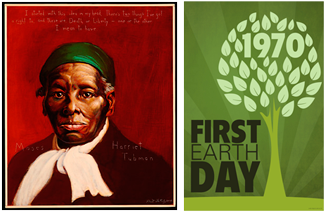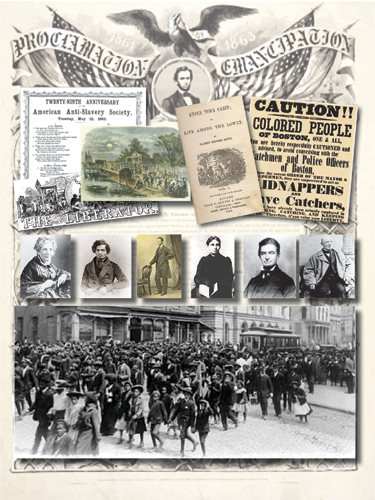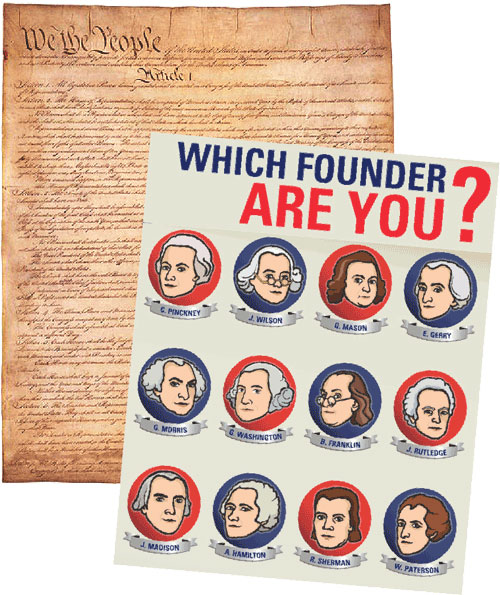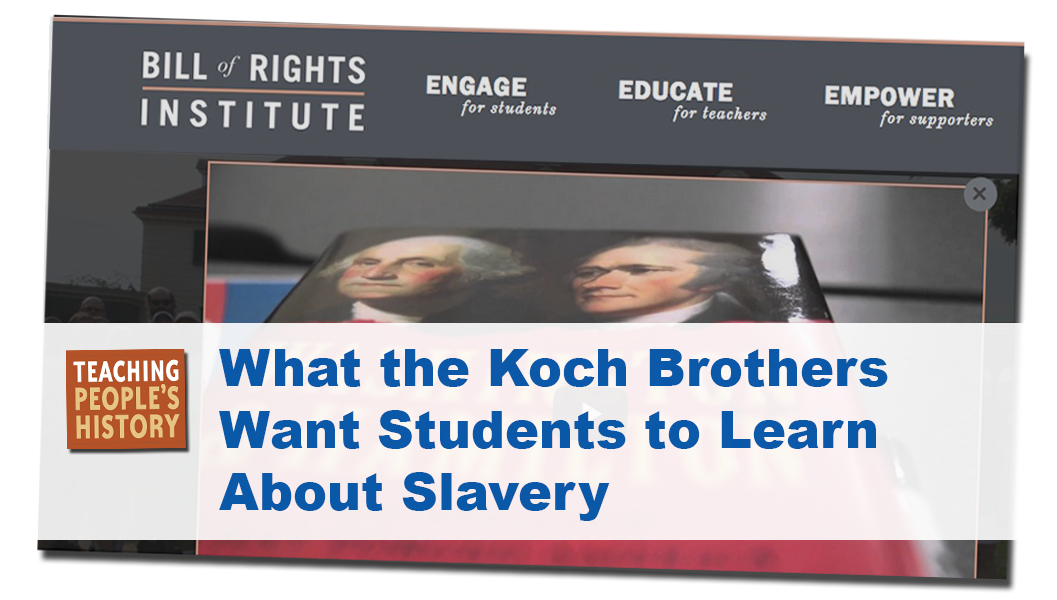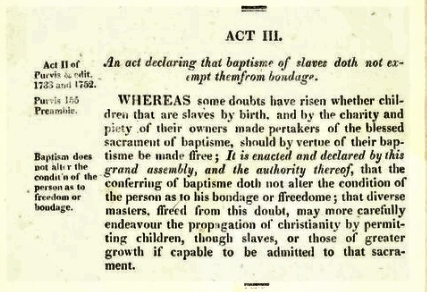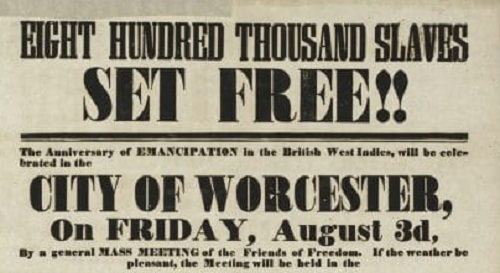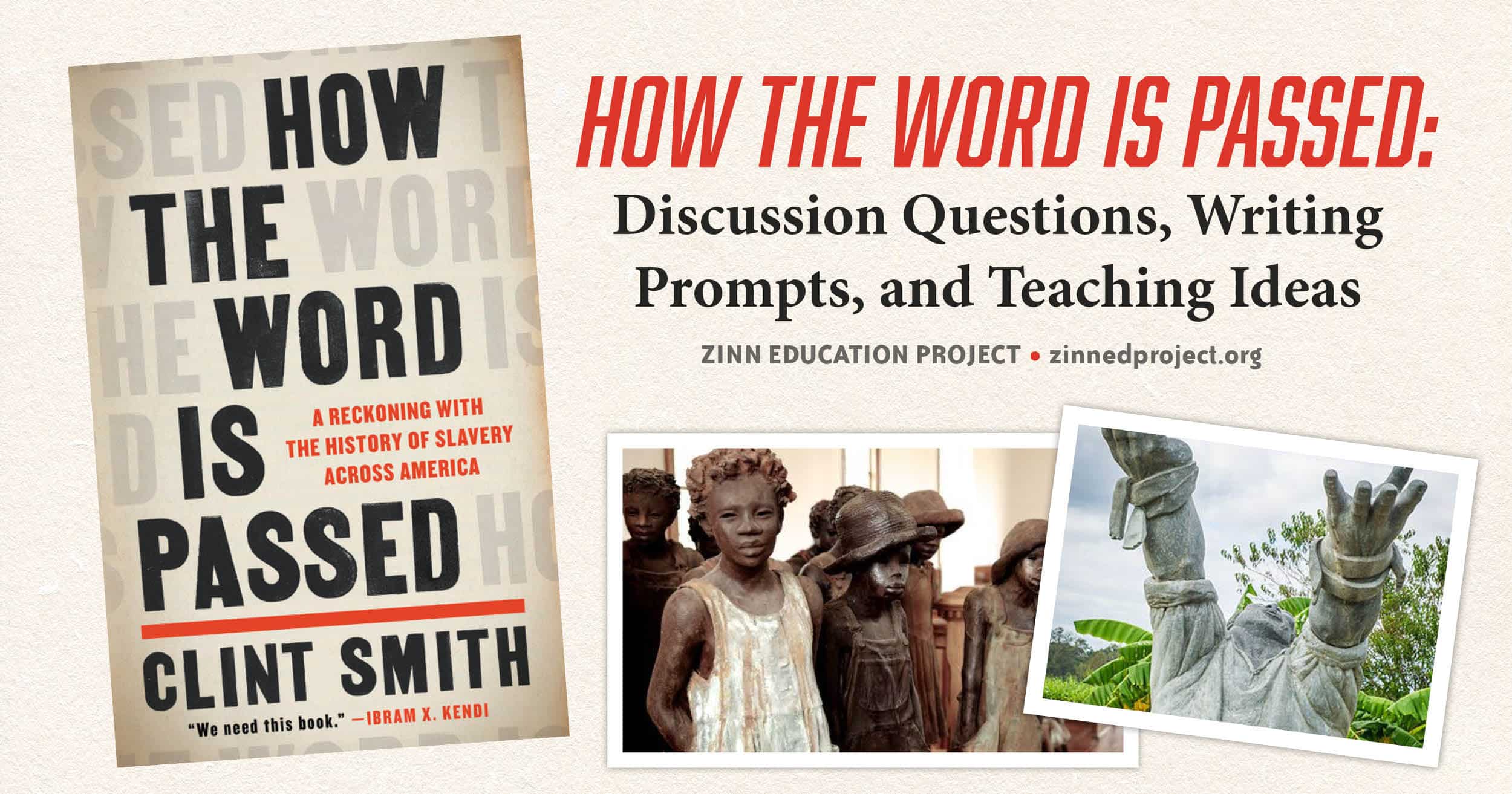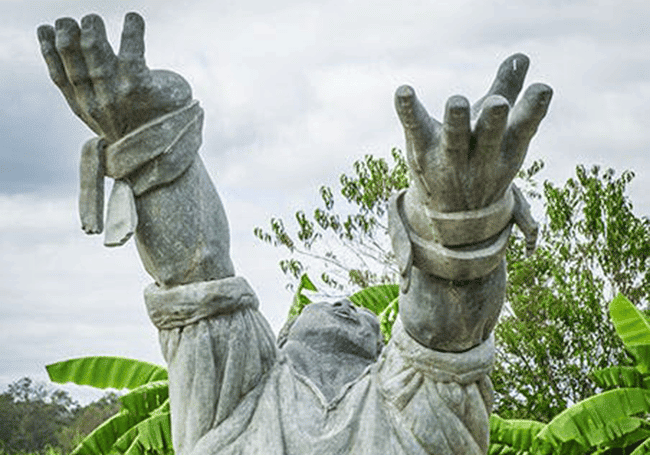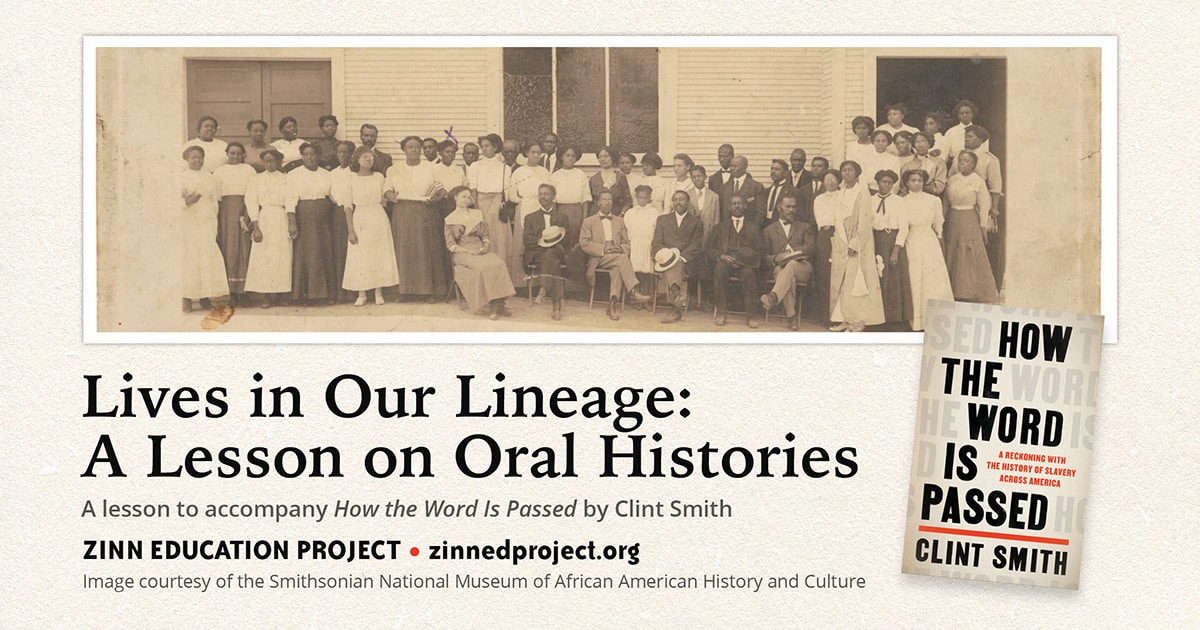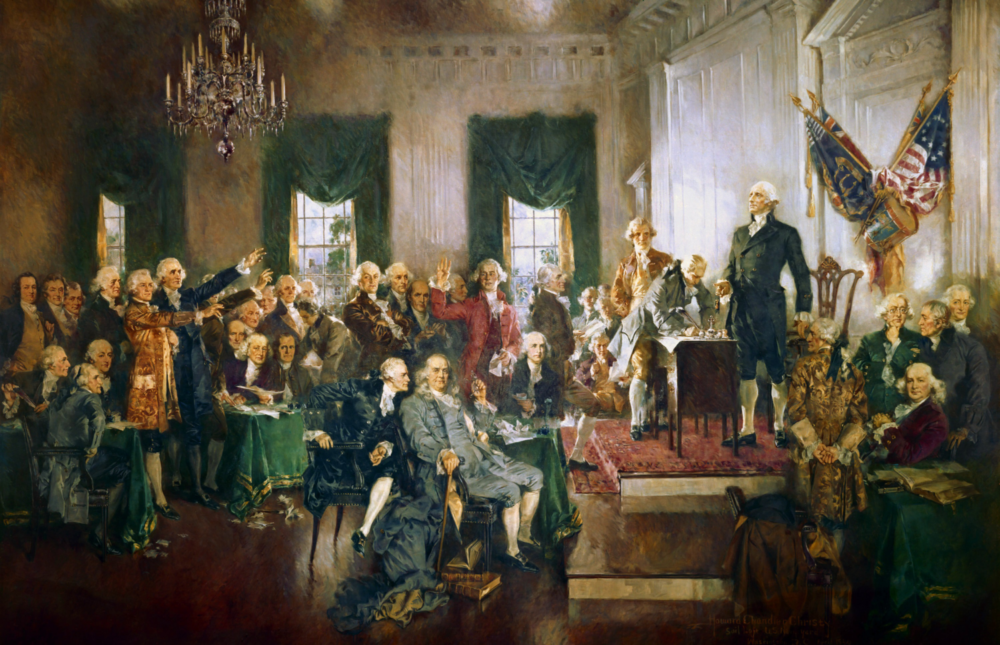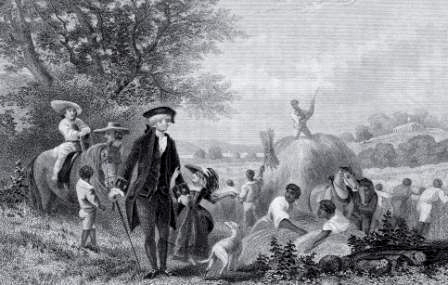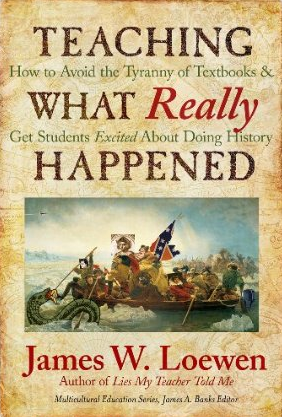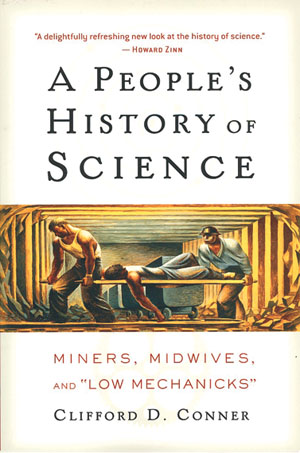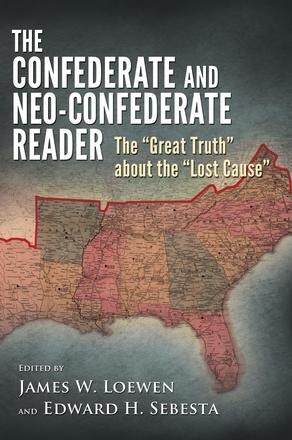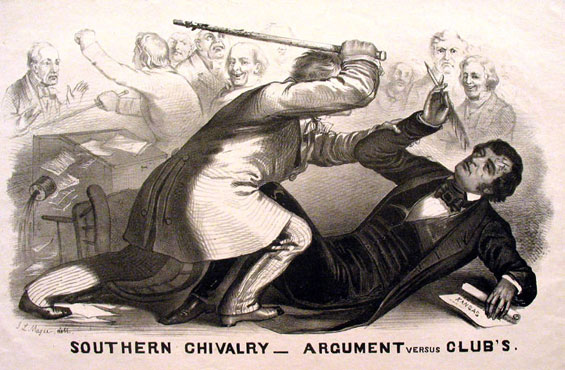Book — Non-fiction. By Carter G. Woodson, with an introduction by Jarvis Givens. 2023. 224 pages.
Originally released in 1933, The Mis-Education of the Negro continues to resonate today, raising questions about the legacy of slavery and enduring white supremacy.
Teaching Activity by Carter G. Woodson
Continue reading
Book — Non-fiction. By Rebecca Hall. Illustrated by Hugo Martinez. 2021.
Rebecca Hall documents the process of her own research — and what she learned — about women who organized to challenge slavery. In graphic novel format.
Continue reading
A meeting was held in New York of abolitionists to address the injustice of continued slavery in Cuba.
Continue reading
Teaching Activity. By Ursula Wolfe-Rocca.
Students discover “echoes of enslavement” in their own state — discrete sites of remembering, forgetting, honoring, lying, or distorting — in this lesson based on the book How the Word Is Passed by Clint Smith.
Continue reading
Book — Non-fiction. By William Loren Katz. 2012. 272 pages.
History book for ages 10 to adult that traces relations between Blacks and American Indians since the time of the conquest.
Continue reading
Teaching Activity. By Nathanial W. Smith. Rethinking Schools. 6 pages.
A teacher describes a series of lessons he teaches to help his students understand race as a social construct.
Continue reading
In early Colonial Virginia, Elizabeth Key became the first woman of African descent in the North American colonies to sue for her freedom and win.
Continue reading
August First Day became a symbol of hope for enslaved people and abolitionists in the United States when Britain passed the Slavery Abolition Act in 1834, abolishing slavery throughout its colonies around the world.
Continue reading
Teaching ideas and discussion questions for How the Word Is Passed: A Reckoning with the History of Slavery Across America by Clint Smith.
Continue reading
Teaching Activity. By Bill Bigelow, Jesse Hagopian, Cierra Kaler-Jones, Ana Rosado, and Ursula Wolfe-Rocca.
Students read about sites of memory in How the Word Is Passed and imagine how to commemorate what occurred there. They then compare that to how the respective site is currently commemorated and described by docents.
Continue reading
Teaching Activity. By Cierra Kaler-Jones.
In this lesson, students use key excerpts from How the Word Is Passed by Clint Smith as inspiration for a project where they tell their and their loved ones’ stories.
Continue reading
Teaching Activity. By Bob Peterson. Rethinking Schools. 14 pages.
A role play on the Constitutional Convention which brings to life the social forces active during and immediately following the American Revolution with focus on two key topics: suffrage and slavery. An elementary school adaptation of the Constitution Role Play by Bill Bigelow. Roles available in Spanish.
Teaching Activity by Bob Peterson
Continue reading
Teaching Activity. By Bob Peterson. Rethinking Schools. 7 pages.
How a 5th grade teacher and his students conducted research to answer the question: “Which presidents owned people?” Available in Spanish.
Continue reading
Teaching Activity. By Bill Bigelow. 24 pages.
The U.S. Constitution endorsed slavery and favored the interests of the owning classes. What kind of Constitution would have resulted from founders who were representative of the entire country? That is the question addressed in this role play activity.
Continue reading
Teaching Guide. By James W. Loewen. 2010. 264 pages.
A wealth of ideas on how to rethink the teaching of U.S. history.
Continue reading
Book — Non-fiction. By Clifford D. Conner. 2005. 554 pages.
New look at history of science, highlights hunter-gatherers, farmers, sailors, miners, blacksmiths, and more.
Continue reading
Book — Non-fiction. Edited by James W. Loewen and Edward H. Sebesta. 2010. 484 pages.
Primary documents on the causes of the Civil War.
Continue reading
Charles Sumner delivered a speech denouncing slavery and the need for Kansas to become a free state.
Continue reading

